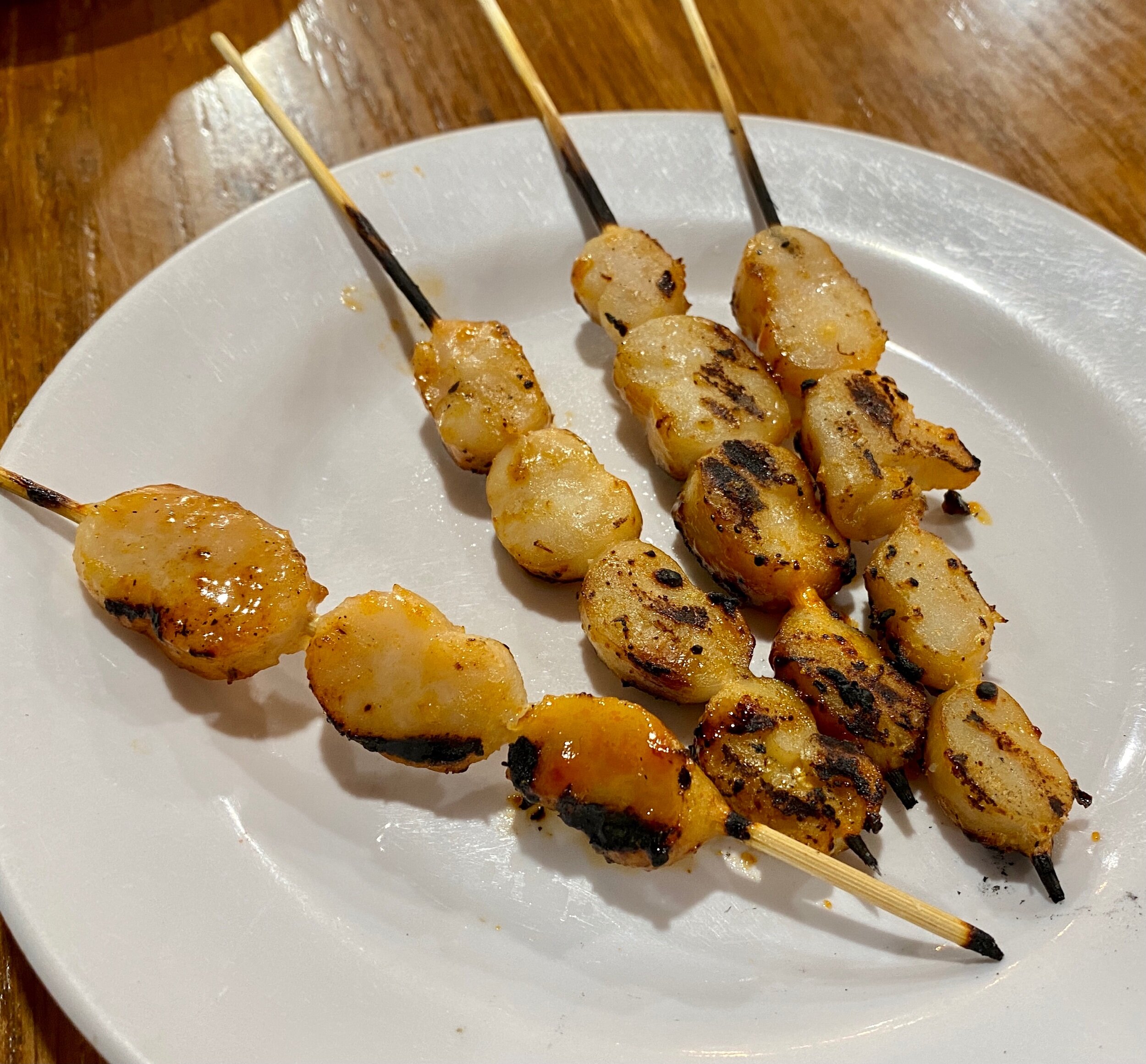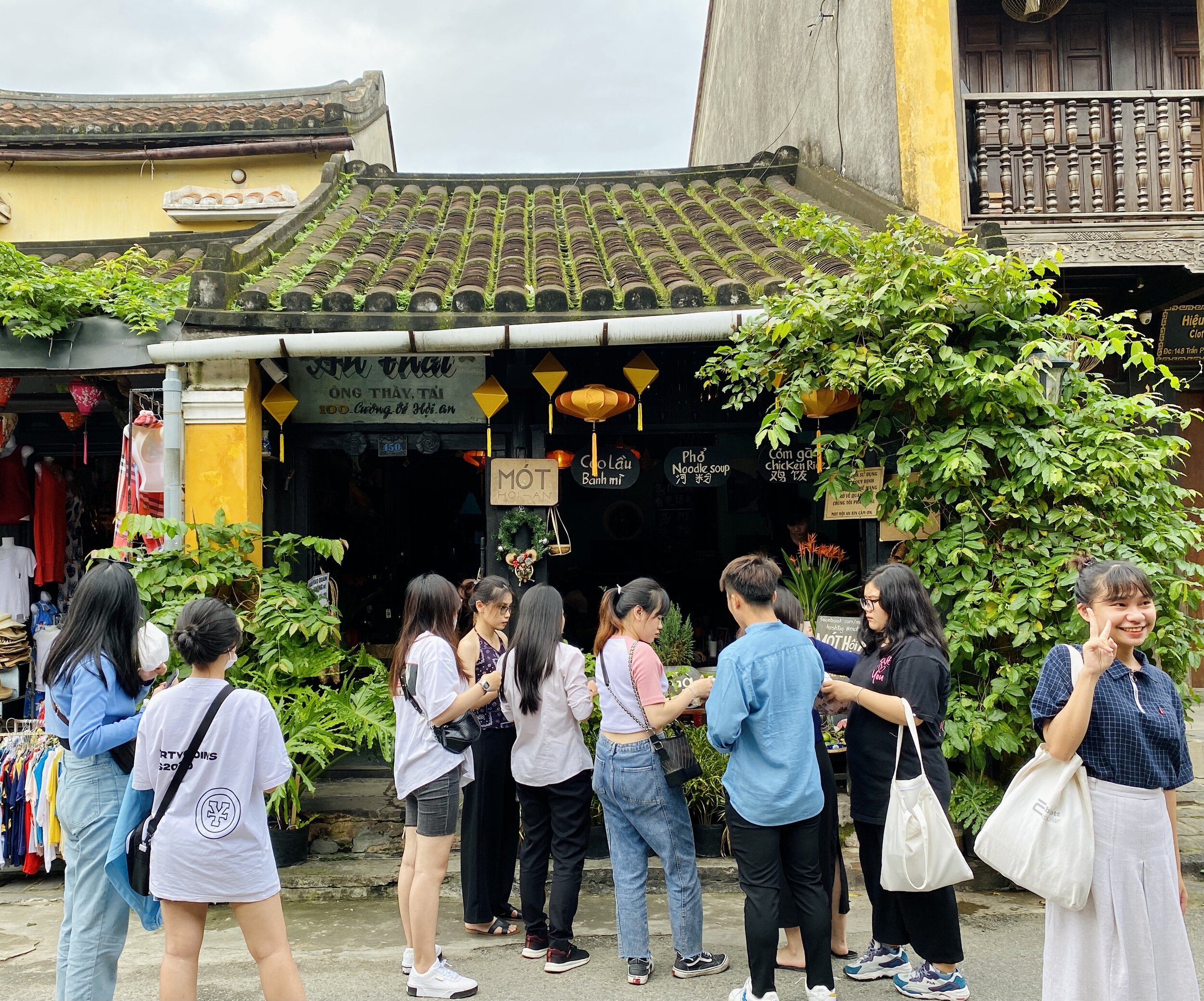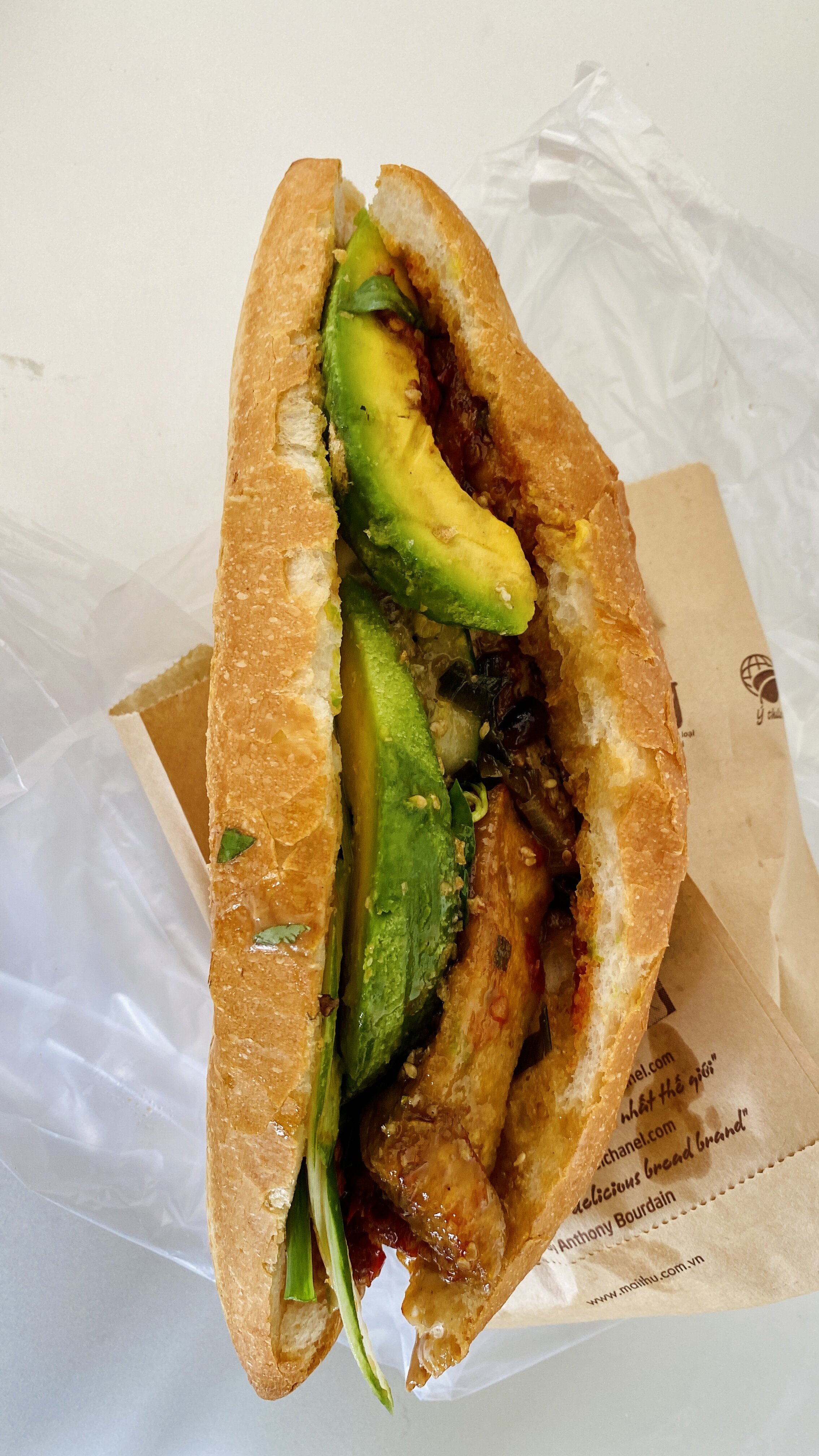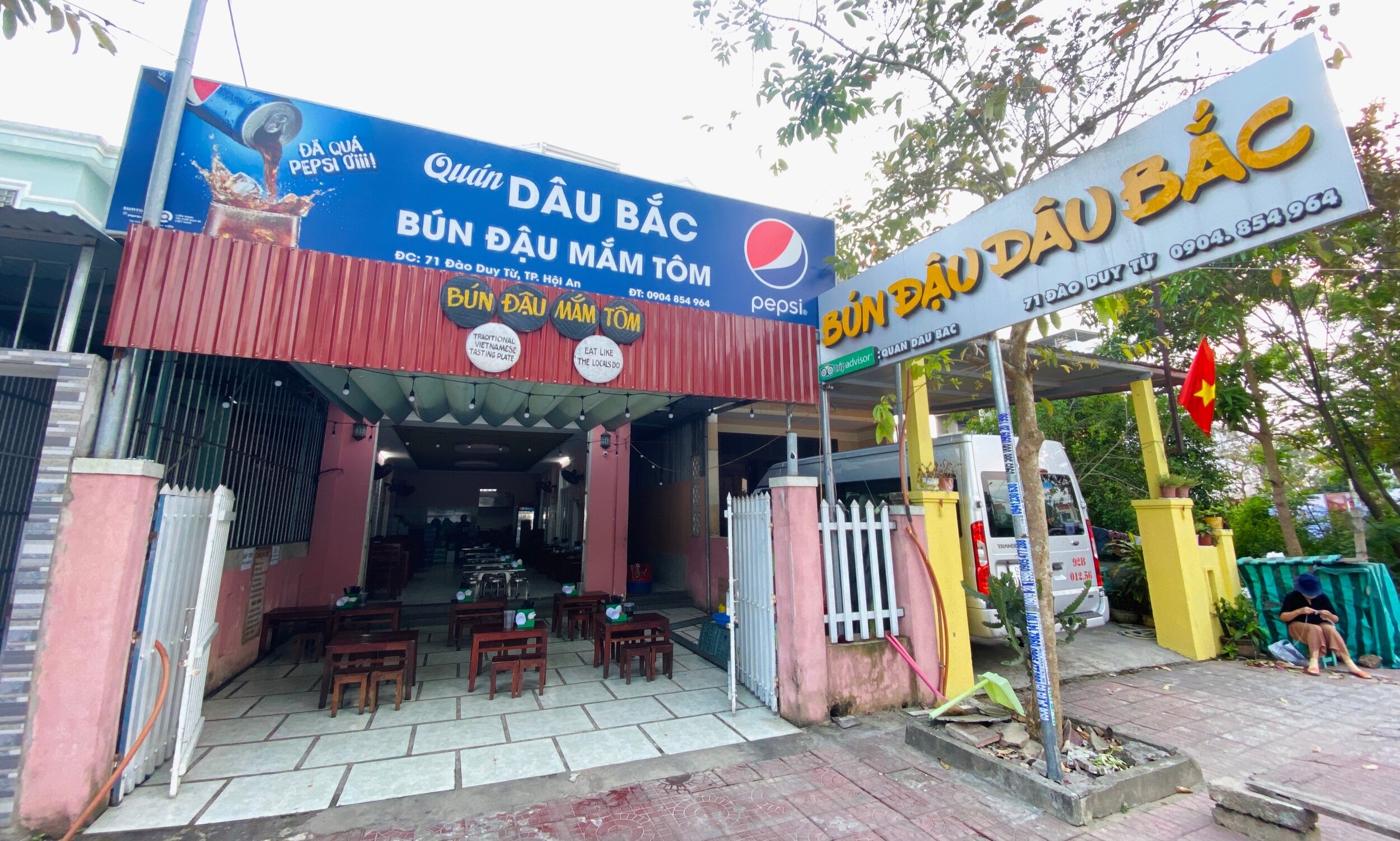This place is known for three things: hến trộn, bánh đập, and scamming tourists. Yet it remains the go-to place, frequented by locals because it’s a third generation business that’s been serving the island’s signature dish for over 50 years. There are many google reviews mentioning the scam: first the proprietress hands you a professionally printed English menu where the price is double the prices on the Vietnamese sign; later, when she presents you the bill, it’s again somehow more than you were expecting. I believe I paid $12 for the clams, smashing rice paper and a single beer, which by local standards is absolutely ludicrous. I don’t always mind being scammed; for example,15,000 dong (65 cents) doesn’t matter much to me, but can really help out a street fruit seller..
This lady, on the other hand, has clearly inherited and expanded a longstanding family business, and had the audacity to debate me on Trump (her for and me against, obviously). I explained I disliked him for many reasons, but primarily the diabolical wealth transfer executed during the pandemic. FYI, the Fed printed exponentially more money than ever before in history, so billionaires could double and triple their net worths while the average American received a single $1200 check many months into the crisis, or never received one at all, because this type of relief is only available to people with permanent addresses and bank accounts in good standing, who also filed their taxes properly in 2019 . . . in other words, cruelly excluding those who need help the most.
This lady posited that according to her sister in Texas, the US government was sending weekly relief checks. I explained that only if you already qualified for unemployment payments, you got an extra $600 per week for a few months, but that ended 5 months ago. Also, due to lockdowns and backlogs at already poorly run state agencies, many people were unfairly denied, or made to wait for weeks or months for their first payment, or sent debit cards to old addresses and just never got paid. When filing my 2020 taxes I was informed by New York State that I had received relief funds that must be declared, when I never received a cent. And again, this method excludes the neediest people in the country, those who didn’t qualify for unemployment and were already struggling before the pandemic.
This is where the conversation went left, with the restaurant owner repeatedly insisting her sister told her it’s $1200 every month and they’re still getting it thanks to Trump. We went back and forth several times, with me responding that it’s just not the case (thinking that perhaps she didn’t understand me due to the language barrier, or that she had misunderstood her sister), and her suggesting I was either ignorant because I was not physically present in the US, or just not believing Trump was doing something good because I didn’t like him.
And this was all before I had touched the food! I found myself slightly hungry, more than a little annoyed, and wondering: why is she asking me questions when she clearly has answers she likes? Why does she need to “win” a casual chat with an American, also a paying customer, about America? Does Trump pay her bills as well as her sister’s? But of course, an argumentative scammer with no time for facts would like Trump.
Back to the food! Hến trộn is tiny river clams sautéed with mint, onion, peanuts, and perhaps some spices or fish sauce. It’s served with bánh đập, which is a super thin three layer rice cake: the outer layers are crisp, but the inner layer is left soft and translucent. You crack a stack of it into pieces with your palm before dipping it into an ultra concentrated local fish sauce, and scooping up the clams with it. The fish sauce is strong enough that it’s served to foreigners with soy sauce to dilute as necessary, because many people can’t stomach ít.
The rice crackers were fun, the fish sauce really was a bit putrid, and the clams were just OK. To be clear, I love clams. As a partially Sicilian New Yorker, clams are in my comfort zone: straight out of the shell in their own liquor; raw with a dab of ketchup; spaghetti alle vongole, oregenata at restaurants . . . we even had Clamato juice in the fridge growing up (which sounds gross until you learn anchovy paste exists). Maybe I need to try a different restaurant, maybe I just prefer my own way over the Vietnamese version, same as snails. I thought they could use a little garlic ;)

















































































































































































































































































